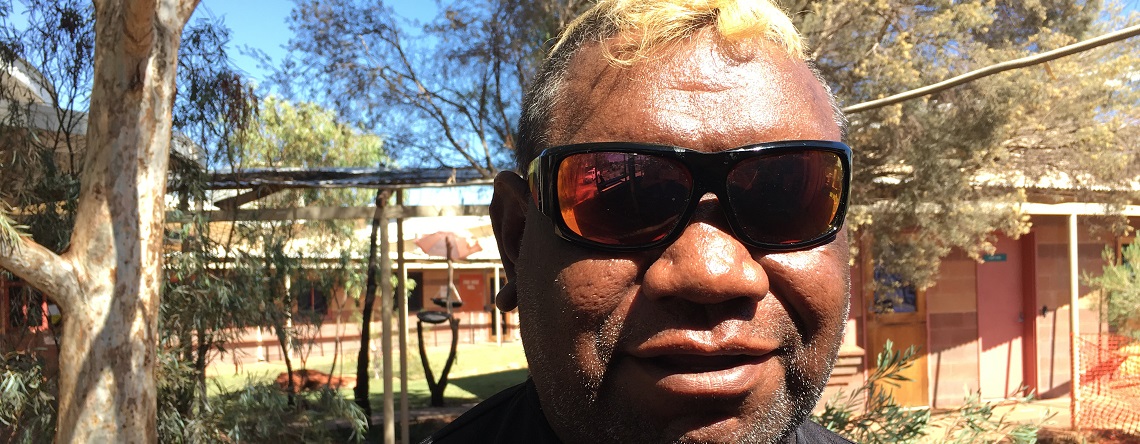
In the early 1990s petrol sniffing became a huge problem for central desert communities of the Northern Territory, leaving Lance, a young Luritja elder from Papunya, so concerned about the affects it was having on communities that he and other locals organised meetings to coordinate a local response to sniffing.
“We had big struggles all over the central desert with petrol sniffing and everyone found it really hard,” Lance said.
“There were a lot of break-ins happening. It was terrifying for staff that came into our communities, where fuel tanks could be opened and a hose could be put in to get the fuel out. It was really terrible.”
With the help of the Central Australian Youth Link Up Service (CAYLUS), the Walpiri Youth Development Aboriginal Corporation (WYDAC) and the NPY Women’s Council, a number of local communities got together and lobbied government, local councils, fuel producers and social service organisations to develop a plan to fight petrol sniffing.
To combat petrol sniffing, low aromatic fuel (known as Opal at the time) was made available in communities in central Australia and Western Australia in 2005 and has been highly successful in reducing rates of petrol sniffing.
The availability of the fuel has grown and it is now available in more than 170 fuel outlets in regional and remote parts of Australia.
Community members were concerned about post-sniffing suicide risks so Lance helped organise summer football competitions as a support for young men in central Australia.
“The important part was that Opal fuel was welcomed by the community members,” Lance said.
“When it arrived at Papunya it made a lot of change. And the terrible time that we had was cleaned up and it is really good now. All our people never look back on the past because it made us really move forward.”
Resent research from the Menzies School of Health Research found that, in communities surveyed since 2005-07, petrol sniffing has reduced by up to 88 per cent since the introduction of low aromatic fuel
“It’s been a long journey for us, bringing the Opal fuel into our community really made us happy, because it made big changes in the community and in the nearby communities as well,” Lance said.
